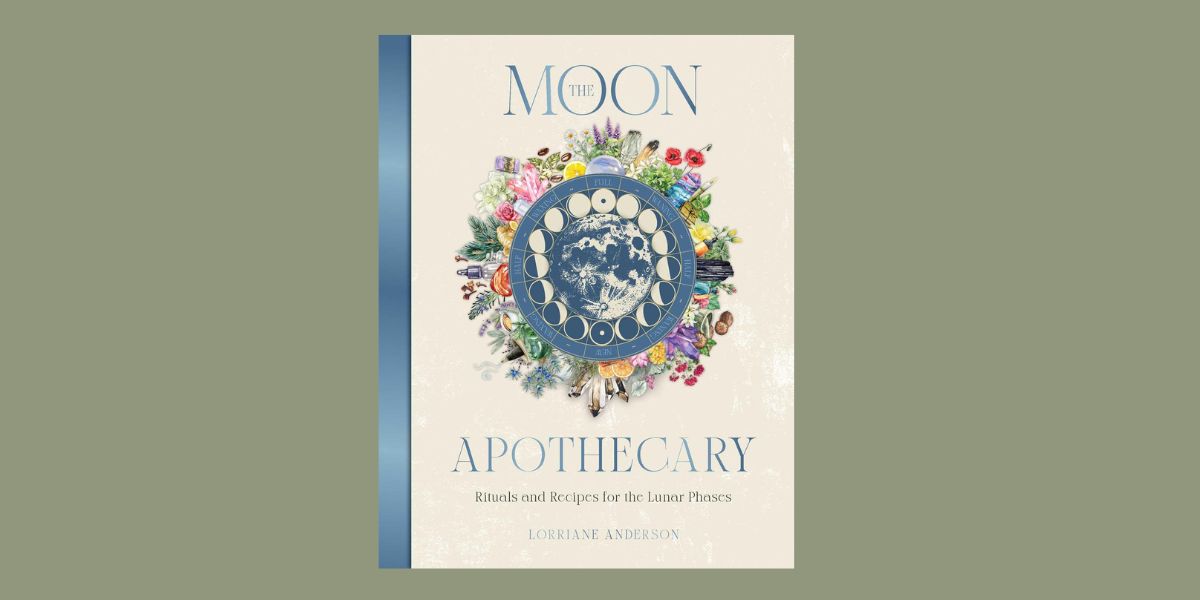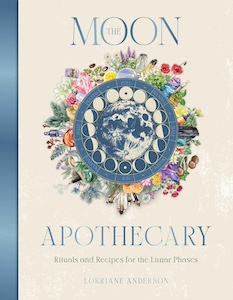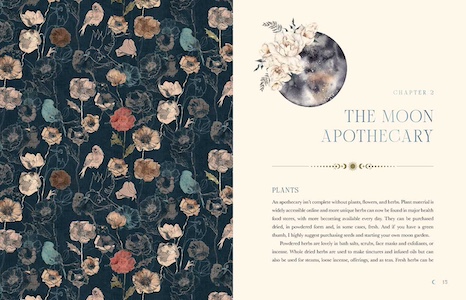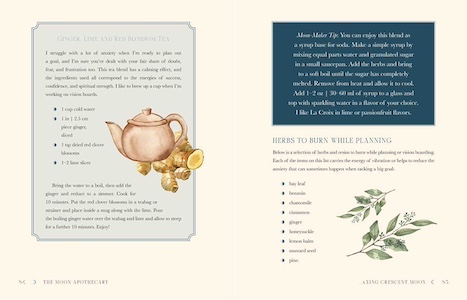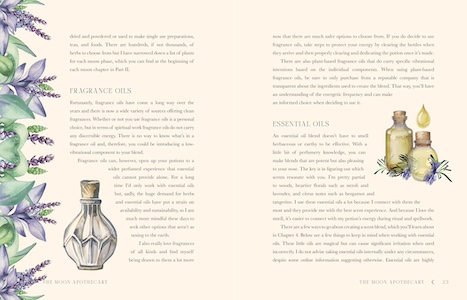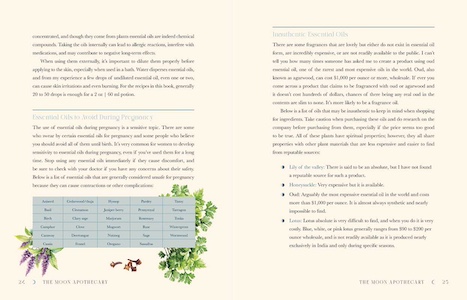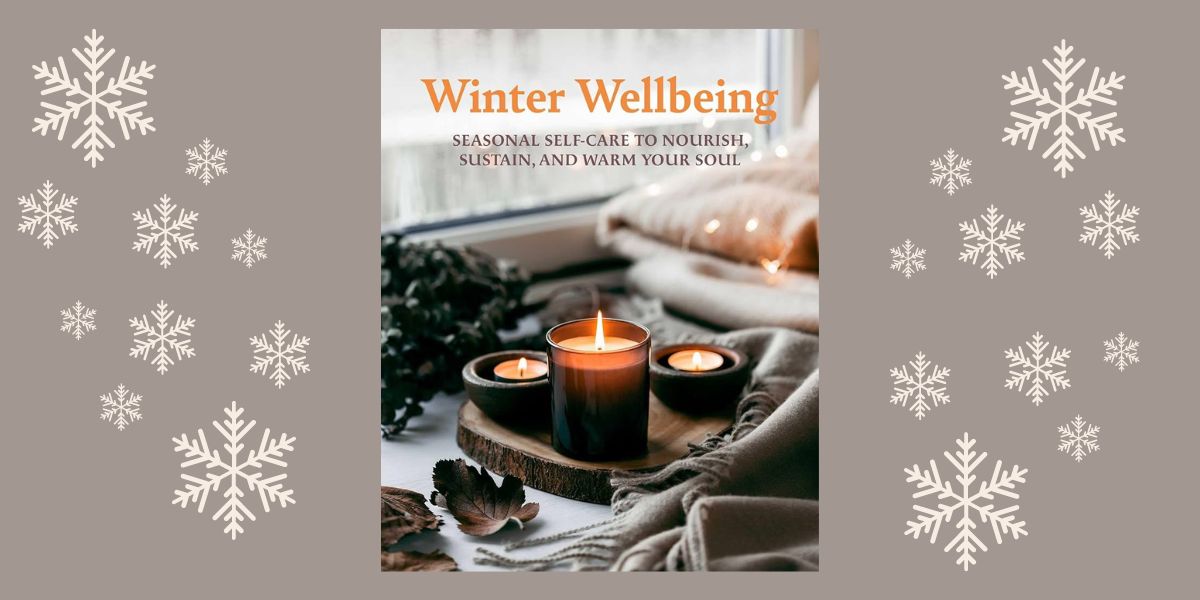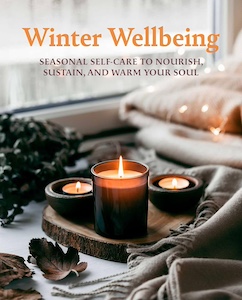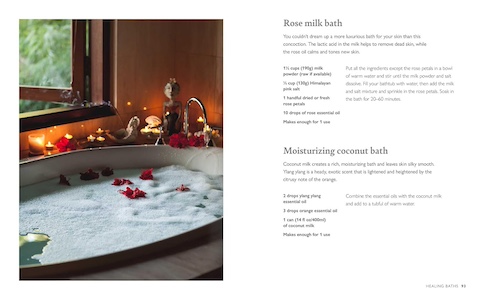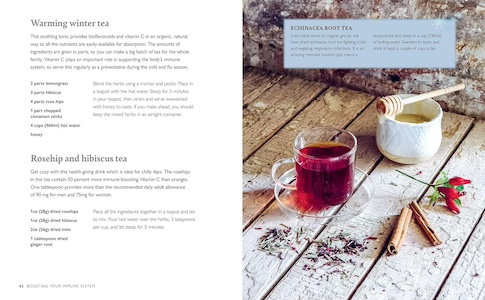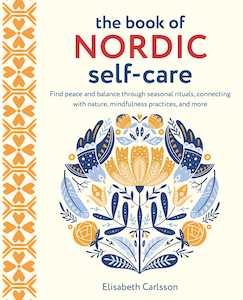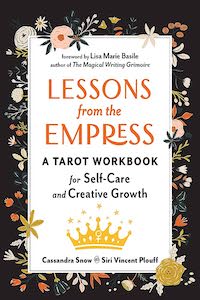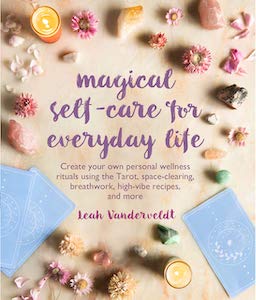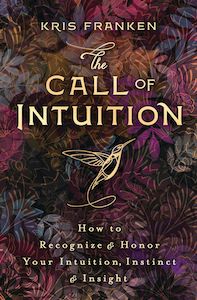
Wiccan Self-care Spells: Restorative rituals to ease stress, heal mind and body, and conjure contentment, by Cerridwen Greenleaf
CICO Books, 180065376X, 144 pages, October 2024
Wiccan Self-care Spells by Cerridwen Greenleaf is a delightful guide that blends the principles of Wicca with the essential practice of self-care. This book is a treasure trove for those looking to nurture their spiritual, physical, mental well-being through simple yet effective spells and rituals. From enhancing personal energy to fostering emotional healing, the book covers a wide array of topics that are pertinent to anyone seeking balance and harmony in their life.
Cerridwen Greenleaf is a seasoned author in the realm of witchcraft. Her previous publications include Your Book of Shadows, The Book of Kitchen Witchery, Wiccan Teas & Brews, Wiccan Crystals, and The Modern Wiccan’s Guide to Living. In this book, she weaves her expertise into a comprehensive collection of self-care, offering readers magical ways to ease their burdens and bring more self-nurturing into their lives.
The book is well-structured, featuring eight chapters arranged by theme, along with an introduction and conclusion too. The eight chapters cover personal self-care, home magic, office magic, crystals, essential oils, meditation, teas/tonics, and sleep. I like how the book is arranged because it makes it easy to pick out just what area of life you feel could use some tending to magically. While this book can definitely be read cover to cover, being able to quickly look up a topic makes it easy to come back to again and again.
Each section provides magical methods for topics related to the theme, which can range from detailed instructions on how to perform the spells, including the tools and ingredients needed, to recipes for elixirs, brews, essential oil sprays, and body-care products. Most of the ingredients are things people have on hand in their home, though some readers might need to pick up some essential oils, herbs, crystals, and other items to do all the spells. Here are some examples of spells, crafts, and rituals Greenleaf offers throughout the book:
- ✨ Gather Your Guardians: Simple Home Shrine
- ✨ Fire of Focus: Inspire Abundance and Success
- ✨ Happy Home Spray: To Refresh, Restore, and Uplift
- ✨ Career Candle Magic: Color craft
- ✨ Witch Craft: Kitchen Cupboard Incase
- ✨ Sweeping Change: Broom Blessing Spell
- ✨ Lavender and Chamomile: Tranquility Tonic
- ✨ Prophetic Pouch: Diana Dream Divination
- ✨ Positive Incantations: Compose Your Own
In addition to these, Greenleaf also covers more broad magical workings, including sigil magic, using a crystal ball, working with the moon’s phases, connecting to nature, using affirmations and incantations, and candle magic. I love the variety of approaches Greenleaf shares in regard to self-care. The different at-home body care products she teaches how to make such as a mango-butter bars to feel better to a soothing potion to apply to one’s pulse points to bring a sense of calm. There’s a good mix of hands-on ways for readers to be active in their self-care with relaxing and soothing ways too (think baths, forest bathing, and visualization). Whether you’re someone who finds peace in motion or in stillness, there’s opportunities abound to offer yourself care and nurturing.
Greenleaf really knows how to engage the senses with her spellwork too. Whether it’s incredibly good smelling incense, delicious tasting brews, or soothing homemade balms, these magic crafts all ground readers in the physical body while nourishing their spirit. One of my favorites so far is Salts and Pepper: Raise-Your-Spirits Ritual which combines Epsom salts, pepper, and essential oils to bring contentment and a fresh perspective.
I’ve also enjoyed Greenleaf’s suggestions in Holy Smoke: Hygge Home-Fire Rite, which suggests different herbs that can be added to the fire for various purposes. I recently stocked up on new herbs, so we have quite a selection to choose from. We started with adding roses to our fire, to “bring sweetness and peace to any space”1 as Greenleaf shared. Both my husband and I could sense a lightness in our hearts, making us feel close and connected as the fire burned.
All the spells are designed to be accessible for both beginners and experienced practitioners. Greenleaf avoids overly complex rituals, making it easy for readers to integrate these practices into their daily routines. Most of these spells are things that can be done within the span of a few minutes to an hour; none are too long, energetically demanding, or overly complicated. Greenleaf’s write style in an empowering and supportive tone, encouraging readers to embrace their inner magic and prioritize their well-being, which I think many witches need to be reminded of often!
Greenleaf’s approach is also inclusive to all, even if you’re not Wiccan. The focus on self-care is particularly timely, given the increasing awareness of mental health and wellness. I shared quite bit of Greenleaf’s advice with family members who are not magically-included, such as the healing teas and ideas for certain gemstones to use to bolster their goals. For those just dipping their toes into magic, this book is a great place to start!
Beyond the content, the layout and format of this book is extremely visually appealing. There’s beautiful illustrations and a clean layout that enhance the reading experience, filled with color and different fonts and text sizes to make reading engaging. There’s plenty to take in on each page, and the well-crafted aesthetic offers additional pleasure when reading this book.
Overall, Wiccan Self-care Spells is a charming and practical guide for anyone interested in integrating magical practices into their self-care routine. Greenleaf succeeds in providing a resource that is both informative and empowering, making it a valuable addition to the library of any modern witch or self-care enthusiast. Whether you are new to magic or a seasoned practitioner, this book offers a wealth of inspiration and guidance to nurture your mind, body, and spirit. As Greenleaf writes, “Take good care of yourself. You are very much worth it and the better you are, the better our world will be.”2
Alanna Kali is an astrologer, numerologist, and pioneer spirit that loves to explore life through the lens of depth psychology. She has a passion for studying the humanities and social trends. Her academic work is centered upon reuniting body, mind, and spirit through eco-psychology. She loves reading, spending time in nature, and travel.

